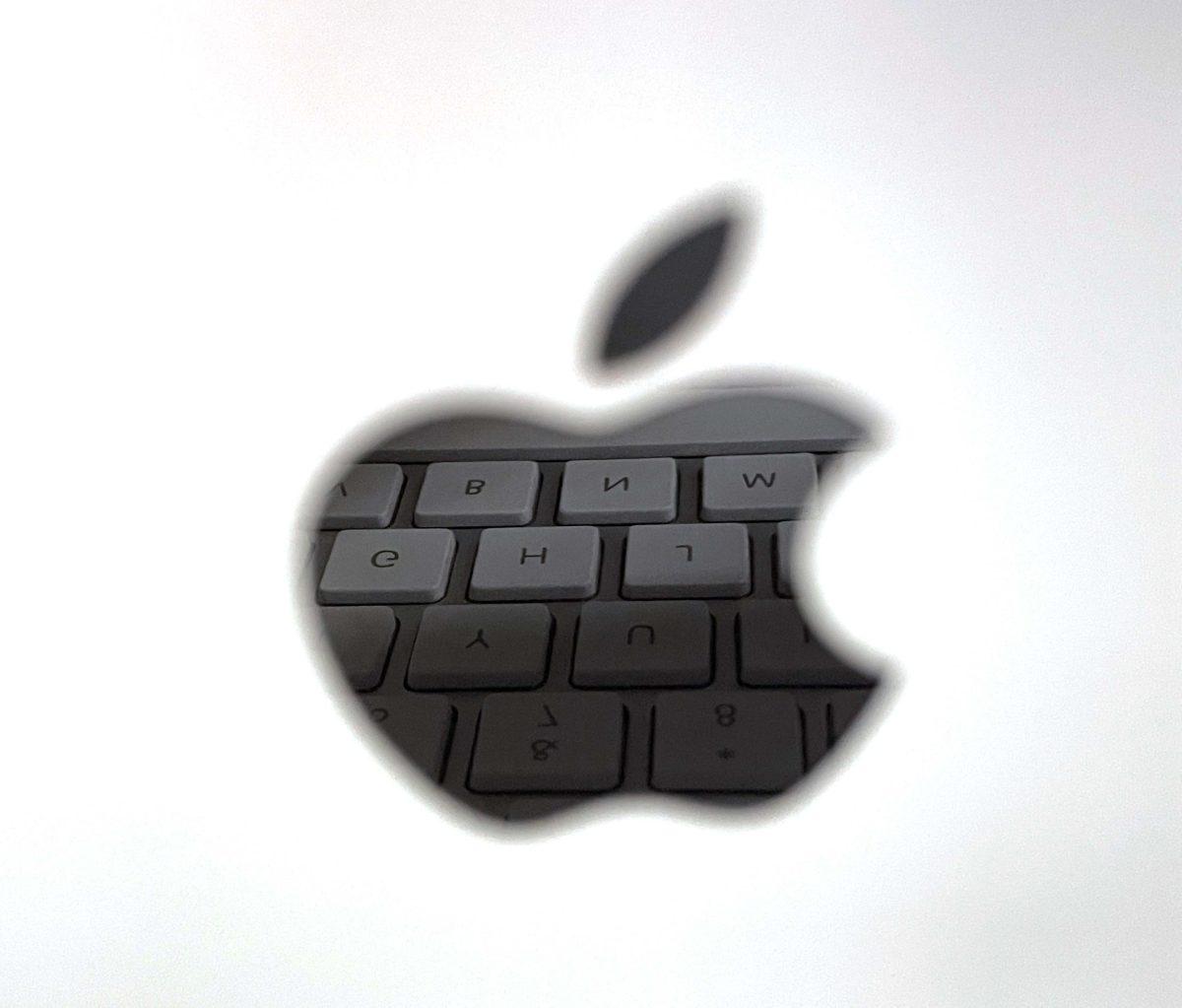On Sept. 12, Apple held its annual September keynote. This is a pretty regular annual event, with the company’s most notable update being the reveal of the new iPhones and their new features.
This year was no different, with a few major changes for the company’s flagship device. We’ve gotten multiple design changes and a new version of iOS to keep things feeling fresh. Let’s start with design first.
When Apple changes something with its design, it’s always very intentional. Our first major change is the addition of USB-C. In my opinion, the universal connector is a very welcome addition to the iPhone. This is something I and others have been wishing for a long time to be included.
This time it’s not Apple pulling the trigger but the European Union. The EU committed to a universal charger directive around mid-2022 to be fully instated in the autumn of 2024. However, this is still a big deal as this is the third port change on an iPhone ever. We’ll receive faster transfer speeds on the Pro model devices, and you’ll be able to charge your other accessories with the new iPhone. That’s not the only change to the way you’ll be interacting with these new devices.
Apple has also done away with one of its mainstay features since the iPhone 3G: the mute rocker. Since the original iPhone, we’ve had a physical switch to toggle mute on and off. This is now gone in favor of an “action button.” This action button, by default, functions the same as the mute rocker. However, you can now change the button to do a myriad of things — from turning on your flashlight to opening any application you want via an assigned shortcut.
This is something I never expected to see come to an iPhone, but is welcome nonetheless. More features are never a bad thing, and I’m excited to see what people will come to do with the new hardware button.
The last major design change has been a change in material. The iPhone 15 Pro has switched away from a stainless steel frame to an aerospace-grade titanium frame. Specifically, the material used is a titanium and aluminum frame joined through a thermomechanical process. This process of joining the two materials creates a material that’s stronger and lighter than any iPhone Pro before. This gives weight reduction without the disadvantage of a more fragile material. Other than the material change, Apple has also made a change to its manufacturing process, redesigning the way the back glass is attached to make repair easier and more accessible.
The redesign of the back glass is more important than it may seem, showing Apple is moving toward a more sustainable and repairable future for its devices. This is a good first step, but Apple has a long way to go to truly be repair-friendly.
There has also been a major overhaul to iOS with iOS 17. I tested the public beta for months and have enjoyed my time with it so far. There are some very welcome features coming with this update, including but not limited to things like standby and NameDrop. These features allow you to turn your phone to landscape while on a Magsafe charger to give yourself a smart home-like display and to hold your iPhone near someone else’s to exchange contact information. I’ve enjoyed the new software features that have come out and have had little problem with them while using the public beta.
Overall, these new design and software features are welcome additions to everything you could already do with your iPhone. With everything being said, unless you are in the market for a new iPhone, this is just another iteration you can skip. Apple’s incremental upgrade schedule is a good example of ‘if it isn’t broke, don’t fix it.’ Everything except the hardware revisions can be done with previous-generation iPhones. If your phone is up to date, you don’t need to run out and buy the latest and greatest.








